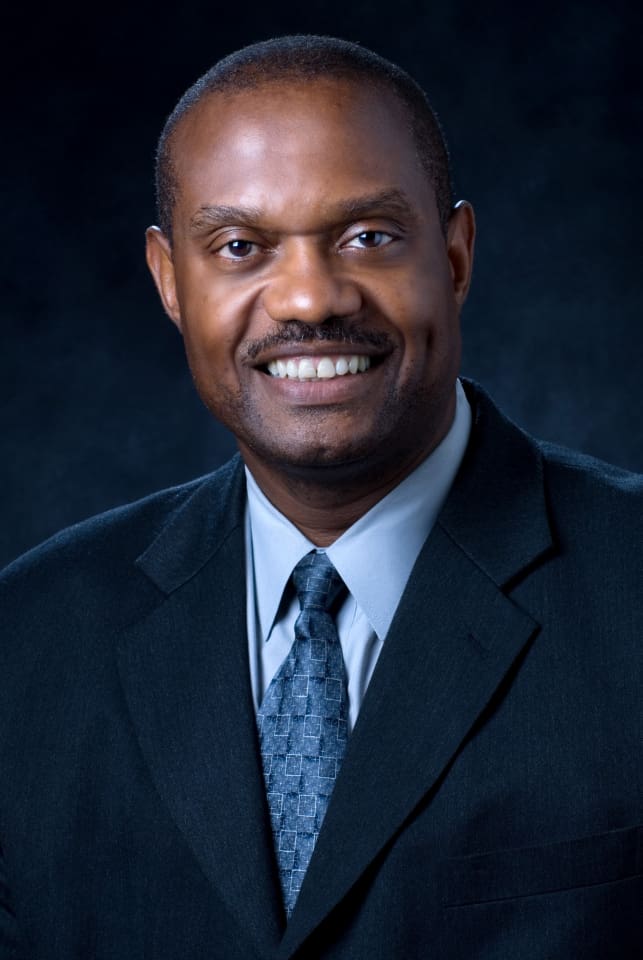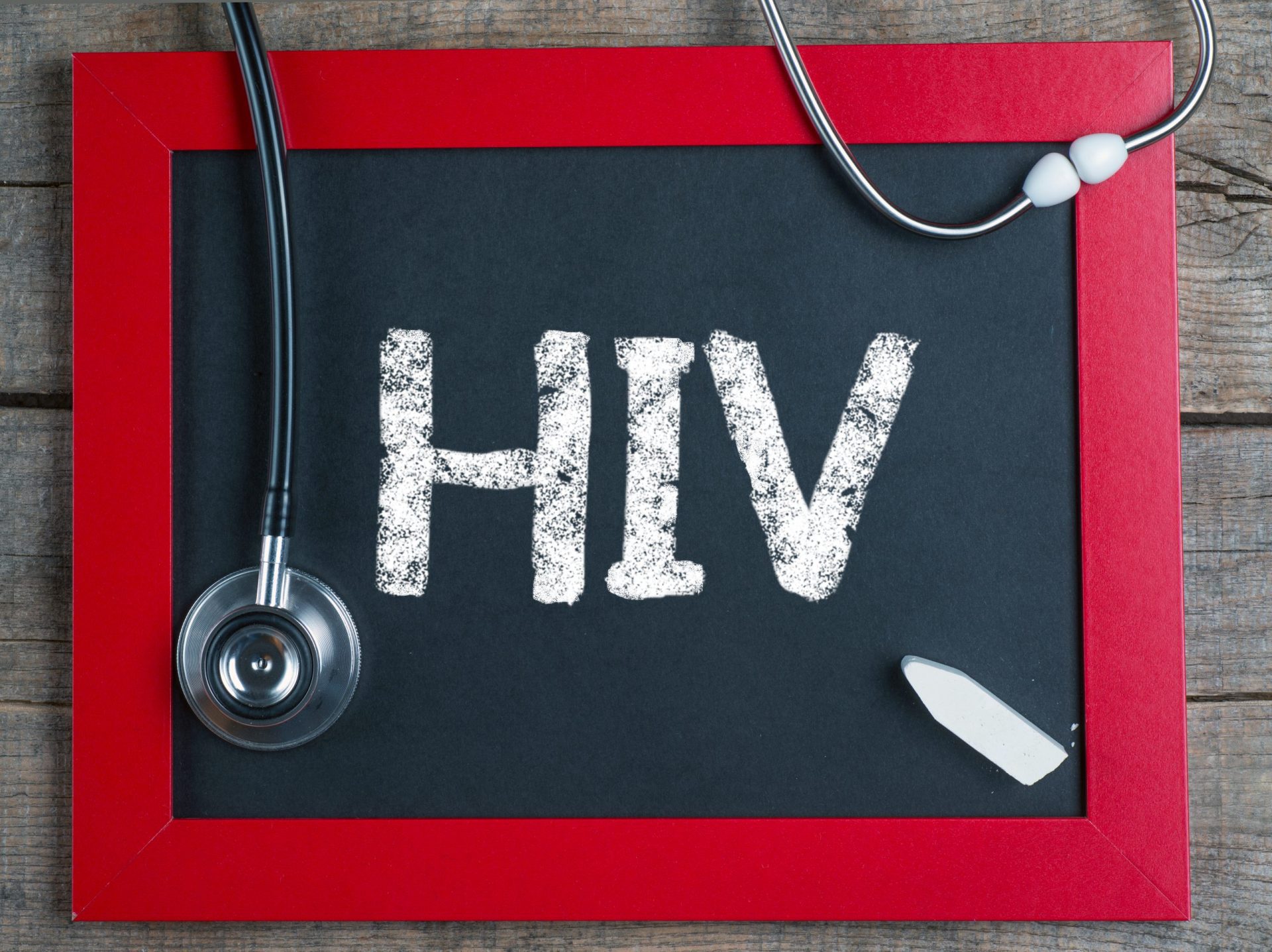
In the fight to stop HIV/AIDS, many organizations like the Centers for Disease Control and Prevention look for innovative ways to keep the fight alive. CDC has implemented initiatives such as Acts Against AIDS to “raise awareness about HIV among all Americans and reduce the risk of infection among the hardest-hit populations, especially gay and bisexual men, African Americans, and Latinos.” Dr. Eugene McCray, director of CDC’s Division of HIV/AIDS Prevention, is passionate about HIV. In recognition of National Black HIV/AIDS Awareness Day, Dr. McCray spoke about the challenges CDC still faces in delivering HIV prevention and care to Black and Latino communities.
In the fight to eradicate HIV, what are three challenges you or your organization have faced?
In recent years, we’ve overcome some major challenges and had real success in turning the epidemic around. For example, for decades we were working with a limited HIV prevention toolbox. But we’ve added powerful new tools, including medicines that can both treat and prevent infection. Now, every single year fewer people are being diagnosed with HIV, and fewer people with HIV are dying. This represents tremendous progress from the early days of the epidemic and it’s something our country and our community should be very proud of.
But we can’t declare victory yet. We’re still struggling with serious regional, racial, and ethnic disparities. The impact of HIV is greatest in the South, among gay and bisexual men, and among African Americans. Closing gaps in prevention and care so that everyone can get the services they need is essential to protect the health of our nation.
Finally, stigma, discrimination and fear have hindered prevention efforts from the very beginning of the epidemic. For example, I’ve talked with people who didn’t want to get tested because they were afraid of testing positive. Or people may conceal their positive status because they don’t want to be vilified by their community. But that can mean they don’t get the care and treatment they need to stay healthy and avoid passing HIV on to others. You can stand up to stigma by getting the facts, talking about HIV in your community, and getting yourself tested.
How has HIV affected the transgender community?
HIV preys upon the most vulnerable members of society, and transgender people – especially transgender women – are no exception. We’re still working to improve our systems to collect information on HIV and transgender people, but what we do know suggests that transgender women have the highest rates of HIV diagnoses in America. And the majority of transgender women diagnosed with HIV are African American.
Transgender people are at risk for HIV for many of the same reasons as other vulnerable communities — lack of access to testing, care and prevention; discrimination that makes it hard for individuals to find secure places to live or work; violence, or social rejection. They also face some unusual challenges. For example, not being able to legally change a name or sex on government forms can make it hard for transgender people to get a doctor’s appointment.
CDC is working hard to understand and address these challenges. We’re partnering with leaders in the transgender community, health departments and community-based organizations to adapt existing prevention programs to better meet the needs of transgender people, create new programs where needed, and closely monitor and evaluate progress so we can be sure efforts are focused on the things that really work.
Discuss the racial divide among Black, White, and Latino communities. Who is most at risk of contracting HIV? Do all races get equal treatment or is there an inequity?
African Americans remain at the epicenter of the HIV epidemic in America. And while we must all take responsibility to protect our own health, research shows time and time again that Black Americans do not engage in riskier behaviors compared to Americans of other races and ethnicities. The unequal impact of HIV on African Americans is instead fueled by social and economic inequalities and other complex contextual factors.
The good news is that we have the tools to end the epidemic in Black America, and we’re making important progress. For example, HIV diagnoses among Black women have been cut nearly in half over the past decade. We can reduce HIV still further by helping more Black women learn about and get access to PrEP, a daily pill to prevent HIV.
As part of our “High Impact Prevention” approach, CDC invests in prevention strategies that provide the right tools to the right people to achieve the greatest impact. This includes direct support for many community organizations serving African Americans, as well as Act Against AIDS partnerships with organizations like the National Black Justice Coalition, the National Urban League, and the Black Men’s Xchange to raise awareness about testing, prevention, and retention in care in the community.
What are some of the initiatives Act Against AIDS is currently working on?
Act Against AIDS was launched by CDC and the White House in 2009 to raise awareness about HIV among all Americans and reduce the risk of infection among the hardest-hit populations, especially gay and bisexual men, African Americans, and Latinos.
We’re currently running nine focused initiatives, including HIV Treatment Works, which shows how people living with HIV have overcome barriers to getting care and staying on treatment, and Doing It, which reminds everyone how important it is to get tested for HIV.
Do you believe HIV can be eradicated? If so, how?
Ending the HIV epidemic is a long-term goal, and I do believe we can achieve it if we all continue to work together. But I focus my day-to-day energies on concrete steps we can take to save lives and keep people healthy now.
The first [step to saving lives and keeping people healthy] is making sure that more Americans get tested and know their status. Nearly one in eight people living with HIV in the United States can’t get the help they need because they don’t even know they’re infected.
The second is helping people who have HIV get regular care and treatment. With the highly effective medicines we have today, people living with HIV can live long healthy lives. What many people don’t realize is that [medicine] can also keep the levels of HIV in a person’s body so low it greatly reduces the chance of transmitting HIV to others — making [the medicine] one of our most effective tools for stopping the epidemic.
Finally, I want more people to know about PrEP, a daily pill that people who don’t have HIV can take to cut their risk of infection by more than 90 percent. Too many people in our community haven’t heard about PrEP, or think that it’s only for gay men, which is not true. Anyone who is at risk for HIV and not currently using another proven prevention method should consider PrEP.
How often should sexually active people be tested? Where can they get tested?
CDC recommends that everyone get tested at least once as part of routine health care. You should get tested every year — or even more often — if you’re a gay or bisexual man, have more than one sexual partner, have been diagnosed with an STD, or inject drugs.
Testing is the critical gateway to HIV care and prevention. If you test positive, you can start getting treatment to improve your health, prolong your life, and greatly lower your chance of spreading HIV to others. If you test negative, you can learn more about PrEP and other services to help you stay that way.
HIV testing is free, fast, and confidential, and you can find an HIV testing site near you at gettested.cdc.gov.










